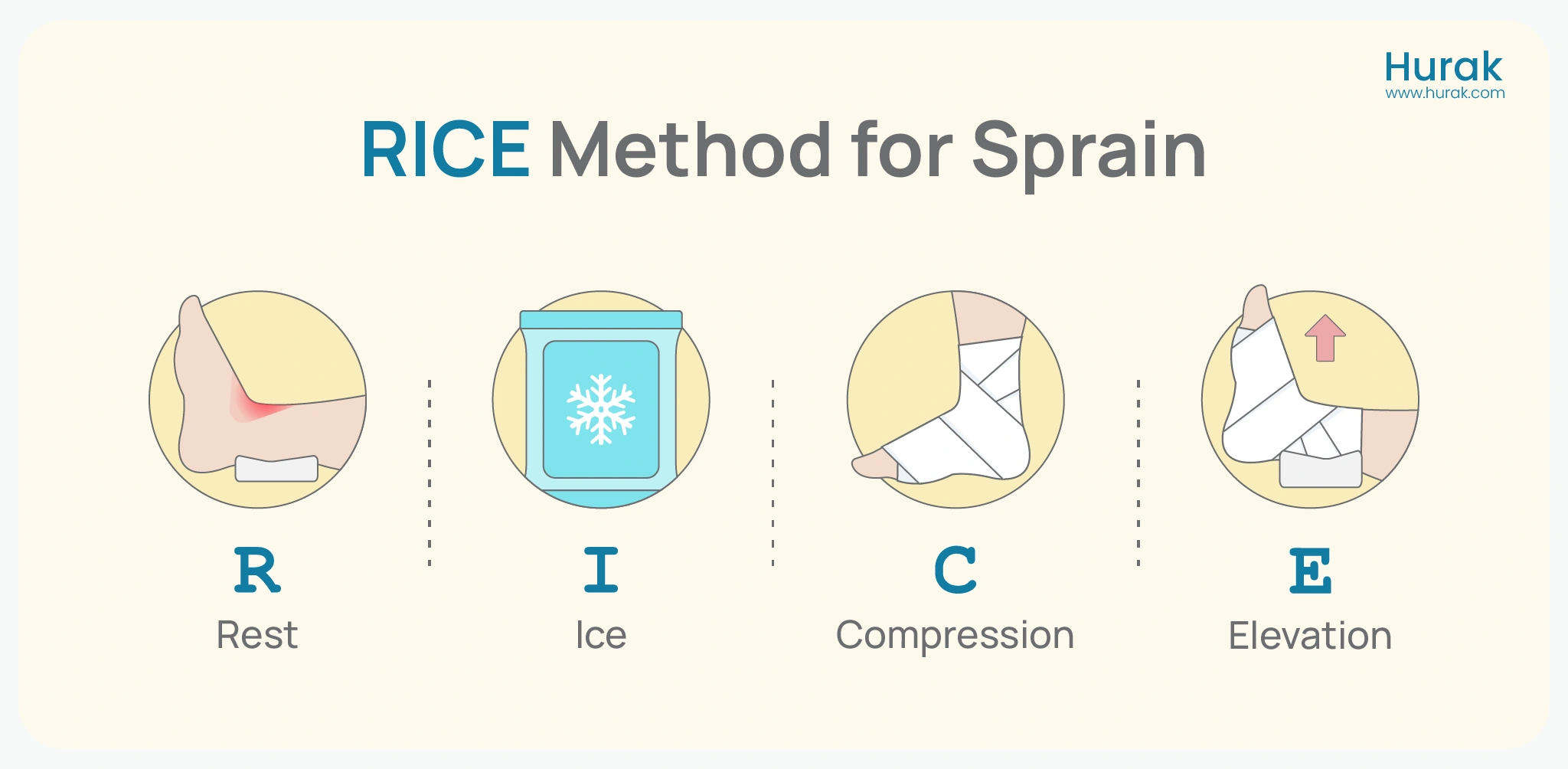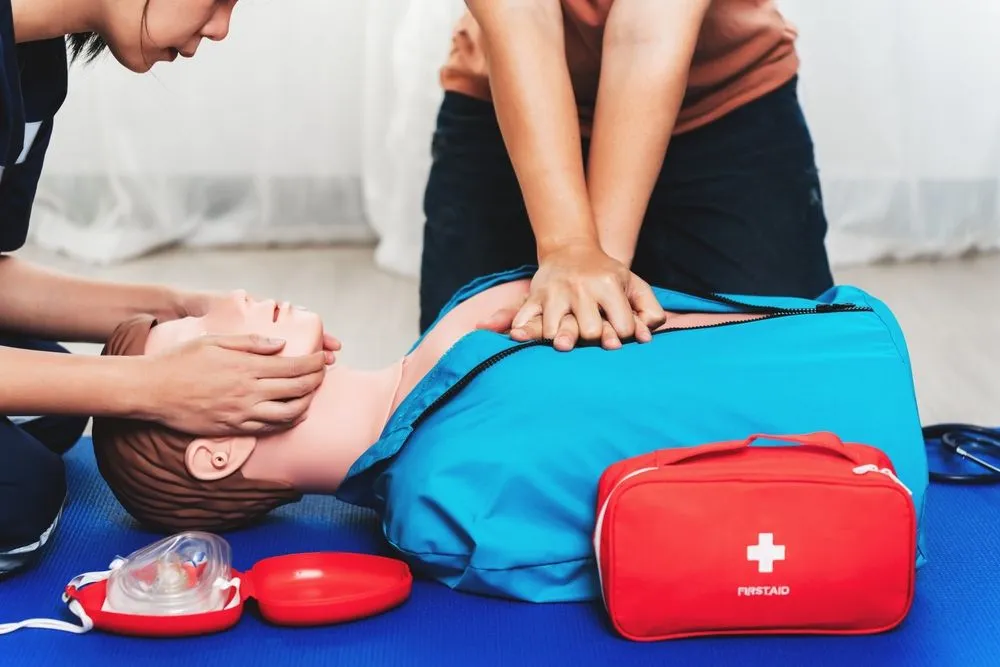What is a Sprain?
A sprain is a partial or complete tear of a ligament, the fibrous bands of connective tissue that bind two or more bones together and which stretch and sometimes rupture in response to stress. It commonly happens when the joint has been turned or has received another impact force, such as during a fall or any sports activity. Signs of a sprain include pain, inflammation, skin discolouration, and the inability to usually use the joint. It is important to understand what constitutes a sprain to provide first aid and allow healing to happen as soon as possible.
How to Treat Sprains and Strains
Injuries to ligaments or muscles that produce sprains and strains can differ, but offering first aid at the early stages is crucial. For sprain management, using the RICE approach, which is most commonly recommended, is good. Let’s begin by understanding what RICE means and how it can be carried out correctly.

Ready to Learn More?
Learning about sprain treatment and understanding first aid basics can significantly impact emergencies. Our First Aid courses offer complete training to help you handle critical situations. Whether you want to improve your skills or workplace safety, these courses help build confidence and expertise. View our Emergency First Aid at Work (EFAW) and Level 3 First Aid at Work courses. These courses meet the UK legal requirements and help you keep people safe.
What Does RICE Stand For?
The RICE formula is a helpful four-letter word to remember the directives for dealing with sprains and preventing further harm. Here’s what it stands for:

- Rest: Avoid putting pressure on the injury to allow it to heal.
- Ice: Use a cold pack for 15–20 minutes every 1–2 hours during the initial 48 hours. This helps minimise inflammation and dull the pain.
- Compression: Cover the injured part with an elastic bandage to minimise inflammation and bleeding. Ensure the bandage is snug but not too tight to avoid restricting blood circulation. Learn how to dress a wound appropriately.
- Elevation: Place the injured limb slightly above heart level to reduce swelling caused by congestion.
By remembering RICE, treatment can be easily administered early, enhancing recovery.
When to Seek Professional Help
The RICE first aid technique is effective for mild to moderate sprains. However, severe injuries may require medical attention. Consult a healthcare professional if:
- You cannot bear weight on the affected limb.
- Pain and swelling persist or worsen after 48 hours.
- The joint appears deformed or unstable.
Preventing Sprains and Strains
To avoid future injuries, ensure these preventative measures are practised:
- Warm up before physical activity.
- Wear appropriate footwear.
- Strengthen muscles around your joints.
- Be mindful of uneven surfaces when walking or running.




